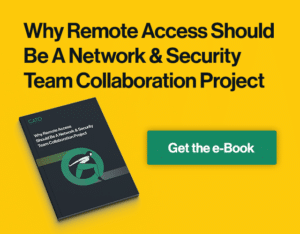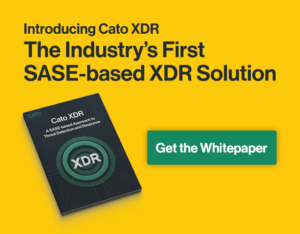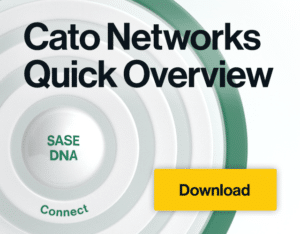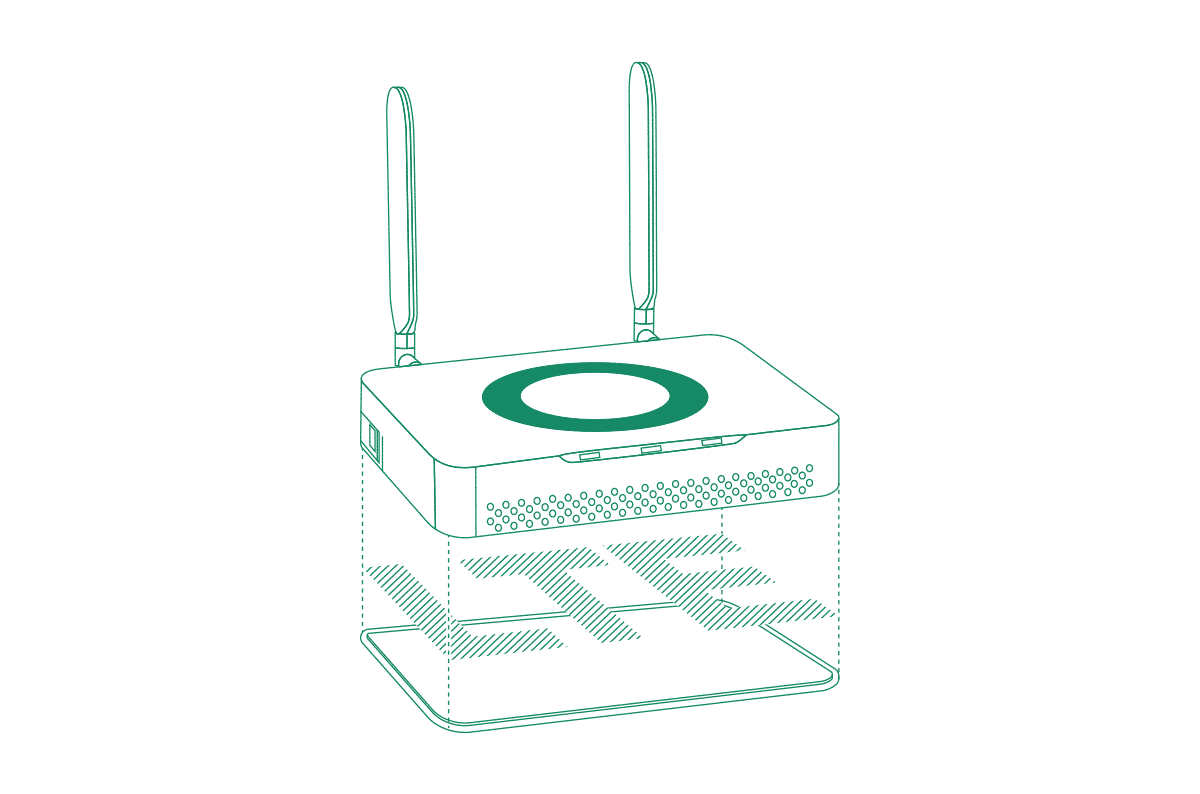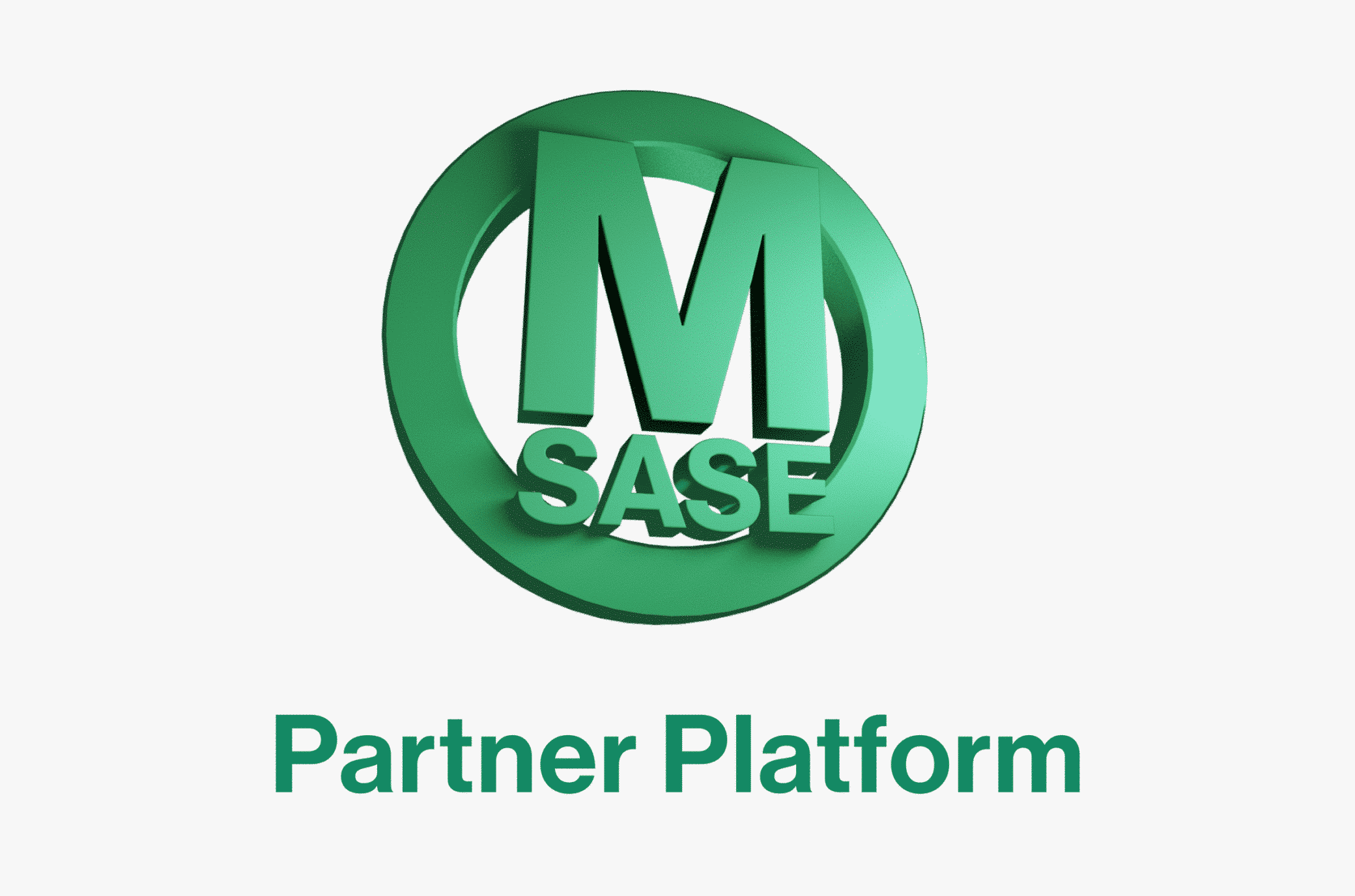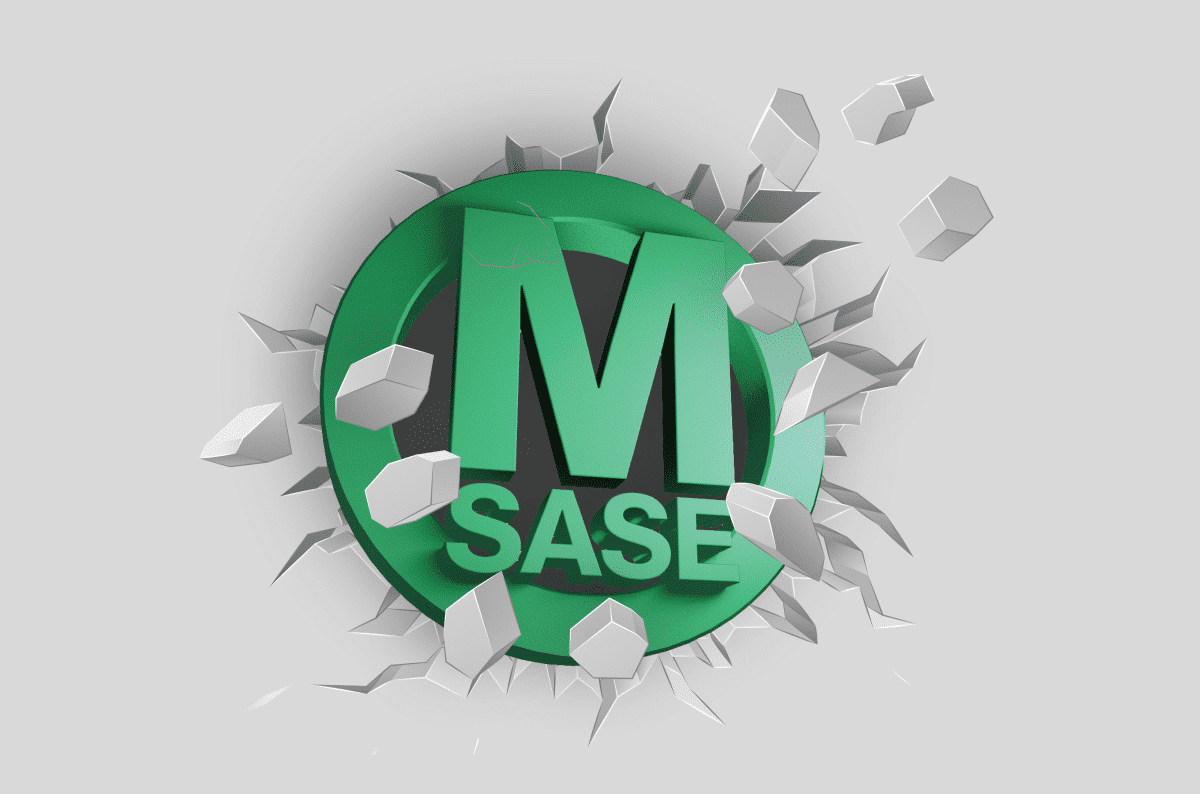What Others Won’t Tell You About MPLS

Table of Contents
|
Listen to post:
Getting your Trinity Audio player ready...
|
MPLS (Multiprotocol Label Switching) has been an industry-standard in enterprise networking for decades. But with modern enterprises relying more and more on public cloud services like Office 365, Salesforce and SAP Cloud, is MPLS enough? Perhaps there’s another solution that can meet the capacity, security, and agility requirements of the next-generation enterprise network.
5 Considerations for Evaluating MPLS and Its Alternatives
1. Agility: Can Your Network Move at the Speed of Business?
Modern enterprises need a solution that enables them to expand their business quickly and connect new sites to their existing networks. But traditional MPLS requires rolling out permanent infrastructure, which can take months and keeps businesses dependent on telco service and support.
2. Cost: Is Your Cost Per Megabit Too High?
The modern enterprise network is internet-bound, which makes it bandwidth-intensive. Enterprises need a solution that is priced in an internet-friendly manner since counting every megabit is counter-productive. But MPLS costs are megabit-based, and each megabit is pricey. Redundant circuits, resilient routing and WAN optimization drive the bill even higher.
3. Flexibility: Can The Business Transition Between On and Off-site Work?
New, post-pandemic workplaces have to be able to automatically transition between remote and on-site work. But in case of connectivity issues, transitioning to MPLS backups could cause significant delays that impede productivity.
4. Security: Can Enterprise Users Access Resources Anywhere?
To support remote work and a distributed workforce, resources, users, data and applications need to be secured wherever they are. But MPLS VPNs are hard to manage and backhauling traffic to the data centers adds latency, making the network vulnerable.
5. Management: Do You Have Visibility and Control of Your Network?
Modern businesses need co-managed networks so they can have visibility and control without having to take care of all the heavy lifting. But MPLS requires businesses to control the entire network or hand it all over to telcos.
What Others Won’t Tell You About MPLS | Download eBookIs SD-WAN the Solution for MPLS’s Shortcomings?
SD-WAN can replace some types of MPLS traffic, saving businesses from many of MPLS’ costs. However, MPLS doesn’t answer all business needs, including:
- Cloud – SD-WAN focuses on physical WAN.
- Security – SD-WAN employs only basic security features.
- Remote and Hybrid Work – SD-WAN is a branch-oriented solution that cannot support remote work on its own.
- Visibility – SD-WAN requires adding more vendors, which creates fragmented visibility.
How SASE Answers All Future WAN Needs
The solution for all future enterprise network needs is a converged solution that includes SD-WAN, a global backbone, pervasive security, and remote access in a single cloud offering.
A SASE platform offers just that:
- A single platform for all capabilities, which can be activated separately at the flip of a switch.
- A global WAN backbone over the cloud, ensuring traffic runs smoothly with minimal latency across global PoPs.
- A unified security-as-a-service engine by converging ZTNA with SD-WAN.
- A single pane of glass for all policies, configurations, monitoring, and analytics.
- Flexible management – self-service, co-managed, or fully managed.
Read more about MPLS vs. SASE in the complete eBook, What Others Won’t Tell You About MPLS.



